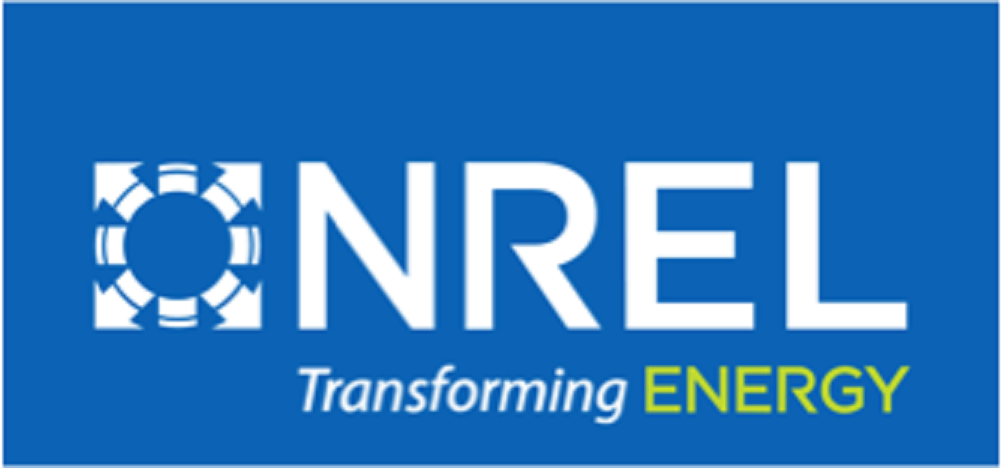NREL: Industry Experts, Researchers Put Charging Systems for Electric Trucks to the Test
Transportation is the largest source of greenhouse gas emissions in the United States. Reducing those emissions requires a significant shift away from gasoline- and diesel-fueled internal combustion engines to electric motors powered by renewable sources.
That shift will include medium- and heavy-duty trucks, workhorses of the economy that move goods nationwide. When electrified, they will require different charging facilities from those that now serve passenger cars. To meet the needs of medium- and heavy-duty fleets, truck charging stations of the future must provide fast charging at an estimated capacity of 1 megawatt or more. This need extends beyond road vehicles: Industries from aviation to shipping are considering options to electrify their fleets and are also looking for a 15- to 20-minute fast-charging standard.
Electric vehicle industry experts and scientists at the National Renewable Energy Laboratory (NREL) are at work on a new high-power charging standard for medium- and heavy-duty vehicles called the Megawatt Charging System (MCS). MCS will facilitate charging capacity up to 3.75 megawatts—seven times higher than the current light-duty fast charging technology, which peaks at 500 kilowatts.
Electric vehicle charging equipment evaluation helps ensure the new standard is interoperable, meaning multiple manufacturers will be able to design and build parts that work together. Interoperability is critical to ensuring broad, consistent access to charging stations, and it will allow electric vehicle manufacturers to have confidence in station compatibility as new models come to market.
To support the MCS effort, following a first evaluation event in September 2020, NREL has been running a second high-power electric vehicle charging connector evaluation in July and August. The evaluation is co-hosted by the Charging Interface Initiative (CharIN) with support from the U.S. Department of Energy, the California Energy Commission, and others. CharIN is a nonprofit association that brings together industry experts to support the development of common international charging standards.
Verifying a New Charging Standard
Current electric vehicle charging standards accommodate slower charging for medium- and heavy-duty trucks, typically over a few hours. However, faster en route charging at travel plazas or fleet depots demands up to multiple megawatts. The new MCS standard fills the gap between current charging station capacity and that of trucking-oriented facilities.
The peak charging power of 3.75 megawatts these facilities will provide for a single vehicle is equivalent to the average power needed for 3,200 U.S. homes, or enough power to transfer the daily energy consumption of a typical home in about 28 seconds. Transferring this much energy over a short duration requires unique design in the cabling, connector, and charging inlet.
Building on previous lessons learned, this year’s event focused on expanded evaluation to consider more real-world cases for safety and durability within the standard, which specifies compatibility with up to 1,250 volts and 3,000 amps. The participants used NREL’s state-of-the-art Electric Vehicle Research Infrastructure (EVRI) evaluation platform within the Energy Systems Integration Facility (ESIF). They included representatives from leading vehicle manufacturers, charging equipment manufacturers, and component suppliers.
“We’re providing the opportunity for industry to come together, in a central location, so that even competitors can have detailed conversations on the technical merit of different equipment parameters and come to a consensus,” said Andrew Meintz, who manages NREL’s electric vehicle grid integration team.
During the recent round of testing, EVRI enabled four manufacturers to evaluate designs for vehicle inlets and charger connectors. This year, the participants brought refined, molded prototype connectors based on 3D-printed proofs of concept that were evaluated in the first round. By going through the process of developing molded parts, the participants were able to not only put their designs to the test but also ensure they could be manufactured at scale.
Developing Tomorrow’s Charging Technology
As with last year’s event, participants checked how well the connectors fit with charging inlets and how easily they could be connected and disconnected. They also evaluated the systems’ thermal performance—a key consideration in high-power charging. The expanded evaluation included measuring the strength of the locking mechanisms on the connectors; quantifying connector insertion force between dissimilar manufacturers; and judging durability. Participants provided both new components and versions that had been aged to simulate the effects of environmental conditions and repeated use at charging facilities.
“NREL has been an invaluable resource in the development of the MCS, providing trusted, third-party testing to the members of the CharIN MCS task force,” said Rustam Kocher, who leads the task force. “I’m confident that, when we’re finished, we’ll have a sturdy, safe, and reliable connector that customers can rely on to provide fast charging of their large batteries—whether those batteries are in trucks, buses, boats, or planes.”
The industry engagement through CharIN is part of a broader NREL effort to enable high-power charging capacity. Researchers are conducting analyses to determine how larger charging stations and electricity demand from trucks will affect the electric grid, as well as how technologies such as smart charge management and behind-the-meter storage can mitigate any impacts. They are also developing designs for power electronics, charging connectors, and optimal battery-charge control, among other aspects. Building on the capabilities at EVRI, the Advanced Research on Integrated Energy Systems (ARIES) research platform will continue to push the envelope in enabling decarbonized, high-power charging at utility scale.
“The work being done on high-power charging infrastructure today is crucial, because it will push electrification beyond passenger cars and across the whole transportation sector,” Meintz said.

